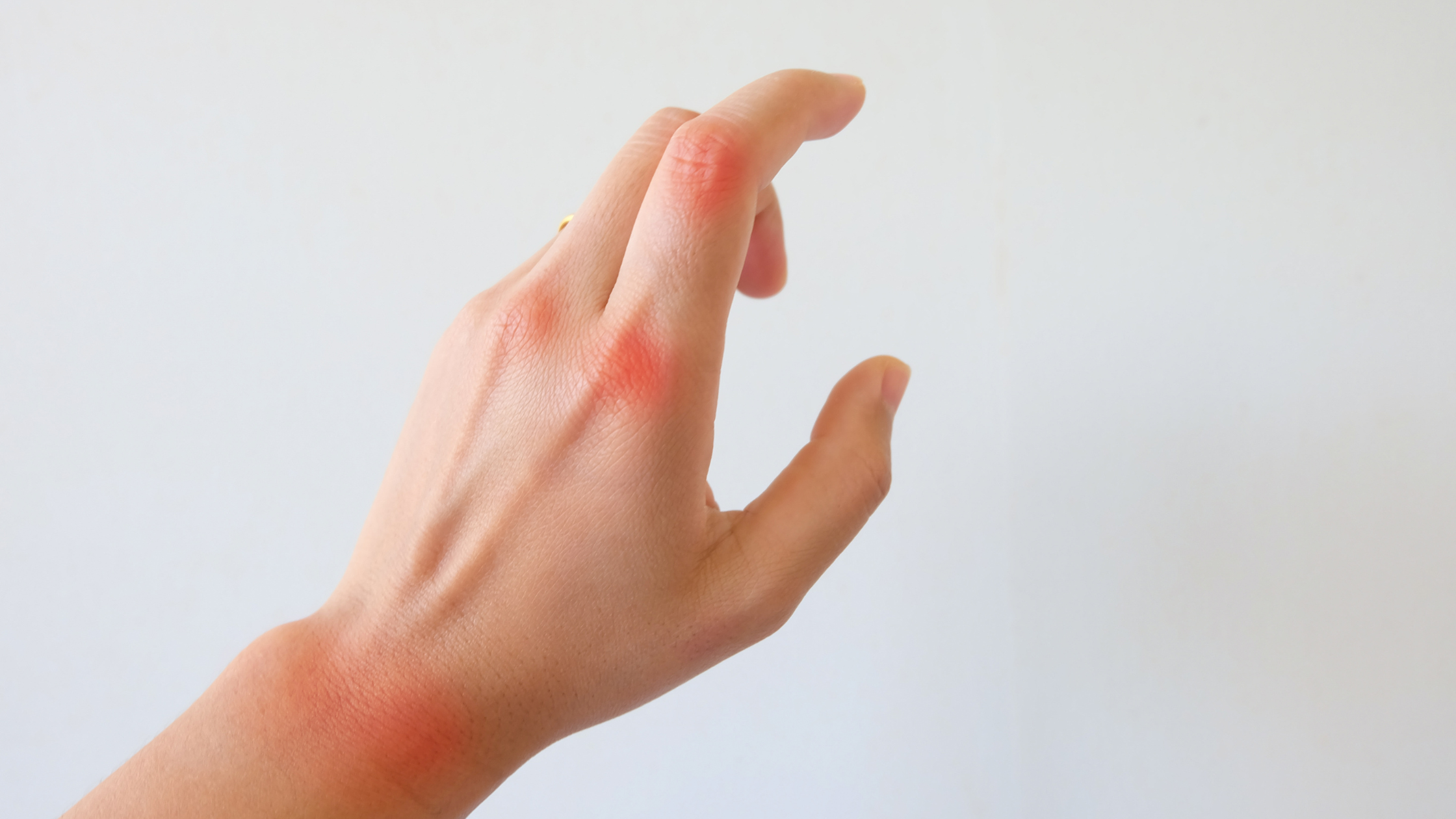![]() Make Appointments 24/7, 365 days a year.
Make Appointments 24/7, 365 days a year. ![]() 302-731-2888
302-731-2888
![]() Make Appointments 24/7, 365 days a year.
Make Appointments 24/7, 365 days a year. ![]() 302-731-2888
302-731-2888

Rheumatoid arthritis is an autoimmune disorder that affects your joints, heart, lungs, and skin. It occurs when your immune system attacks your body’s own tissue. This causes pain and swelling that affects the lining of your joints, causing swelling and eventually joint deformity and bone erosion. The painful inflammation is what damages other parts of the body. New medication types have improved treatment options, but rheumatoid arthritis can still cause disabilities. Patients with rheumatoid arthritis may not initially see the symptoms of their disease, but can experience tenderness, pain, and redness in the joints. The following symptoms are common in patients with RA: Joint pain, swelling, or stiffness for longer than 6 weeks. More than one joint affected Joints on both sides of the body are affected. Fatigue Loss of appetite Low-grade fever A period of increased inflammation and other symptoms is called a flare. Flares can last for days, or even months. Rheumatoid arthritis symptoms can come and go, but the ongoing inflammation can affect organs and body systems. Blood: RA can cause anemia. This means you have a lower-than-normal number of red blood cells. Eyes: Eyes can become dry, red, or experience sensitivity to light, causing impaired vision. Mouth: RA can cause dry mouth and gum infection or irritation. Lungs: Inflammation of the tissue in the lungs can cause scarring that can lead to shortness of breath. Skin: Small lumps called rheumatoid nodules form under the skin over bony areas. There is no cure for rheumatoid arthritis, but there are a number of treatment options that are available. Depending on the severity of your RA, your doctor may prescribe different medications to help relieve your pain. Drugs like NSAIDs and steroids may be used to reduce inflammation and reduce pain, while disease-modifying antirheumatic drugs (DMARDs) can slow the progression of RA and save joints from permanent damage. Physical therapy or occupational therapy can help with exercises to keep your joints flexible. A therapist may show different ways to do daily tasks to reduce stress from your joints. This may include assistive devices such as hand grips on kitchen knives, or buttonhooks to make getting dressed easier. If medication and therapy fail to reduce inflammation and reduce pain, your physician may resort to performing surgery. RA surgery may remove the inflamed lining of a joint, repair tendons around the joint, fuse joints together for stabilization, or replace an entire joint with a prosthesis. Although symptoms may come and go, it’s important to begin treatment as soon as possible to prevent permanent damage to your joints. If you are experiencing symptoms, talk to your doctor today. Signs & Symptoms of Rheumatoid Arthritis
How to Treat Rheumatoid Arthritis
Medication
Therapy
Surgery
* indicates a required field.